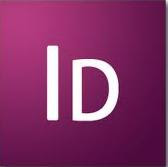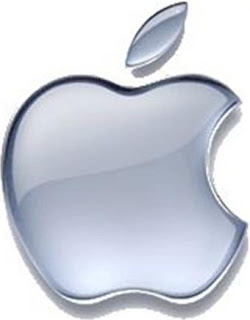Looking back at your preliminary task (the school magazine task), what do you feel you have learnt in the progression from it to full product?
Looking back at my preliminary task (School magazine) I feel that I have learnt a lot in the progression from making that and making my music magazine. For example, for the preliminary task we used fonts that were already stored on the system. However, when we did our music magazine we used dafont.com to carefully select which fonts we would like to use in our magazine ourselves, meaning more thought was put into picking the 'right' font. Also, we had more experience with using Photoshop so all of the editing looks much better and  more professional. Another thing we learnt was that the photos had to be perfect to be featured, not at all blurred or pixellated amongst other things. I also learnt how to use
more professional. Another thing we learnt was that the photos had to be perfect to be featured, not at all blurred or pixellated amongst other things. I also learnt how to use the blogging website 'Blogger' to post my work online, which took some getting used to as I had never used a blog before.
the blogging website 'Blogger' to post my work online, which took some getting used to as I had never used a blog before.
In my First magazine's front cover, all I really did was use my photo as the
whole front cover background and added writing and the school logo on the top. Also, as I did not cut my models out of the background, the only real editing I did to the picture was to change the brightness and contrast of the photo. Also, I may have used light blue and maroon as my house theme as they are the school colours, b

ut this should have been changed as the blue fonts just blended in to the background. I also added hardly any cover lines, just a competition and some information on an article about school stress.
In my first contents page, I didn't really know how to lay it out and it wasn't even rectangular. The text was in a standard, boring font and took up far too much of the page. The photograph was just
put in the middle of the page and there was no reason behind it. Also, it looked like it could have been made on Microsoft paint, rather than Photoshop. For the title I just used the same font as my front cover and it was far too large. I also added the school logo for continuity.























